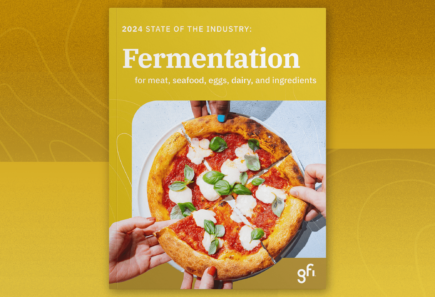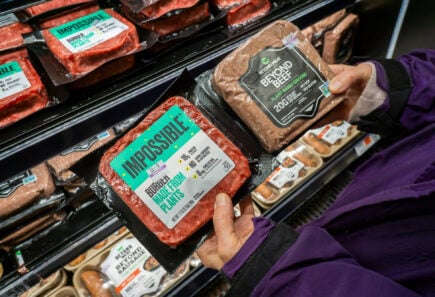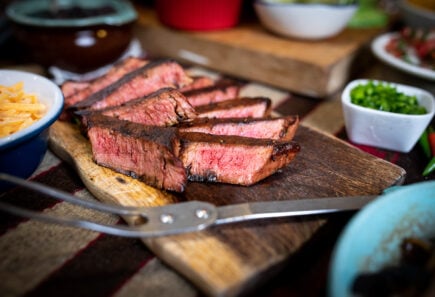
Precision fermentation and cellular agriculture
Cellular agriculture allows us to produce genuine animal proteins through microbial precision fermentation. This paper details the history of protein production via fermentation for food applications as well as aspects of cellular agriculture that present novel technical challenges.
Related resources

State of the Industry: Fermentation for meat, seafood, eggs, dairy, and ingredients
This report details the commercial landscape, investments, regulatory developments, and scientific progress in the fermentation for alternative proteins industry.

Alternative protein company database
Explore the landscape of plant-based, cultivated, and fermentation companies including consumer brands, manufacturers, and ingredients companies.

Solutions Database
Explore startup ideas, commercial opportunities, research projects, and investment priorities throughout the alternative protein supply chain.

The science of fermentation
Learn about the emerging role of microbial fermentation in building the next generation of alternative protein products.
